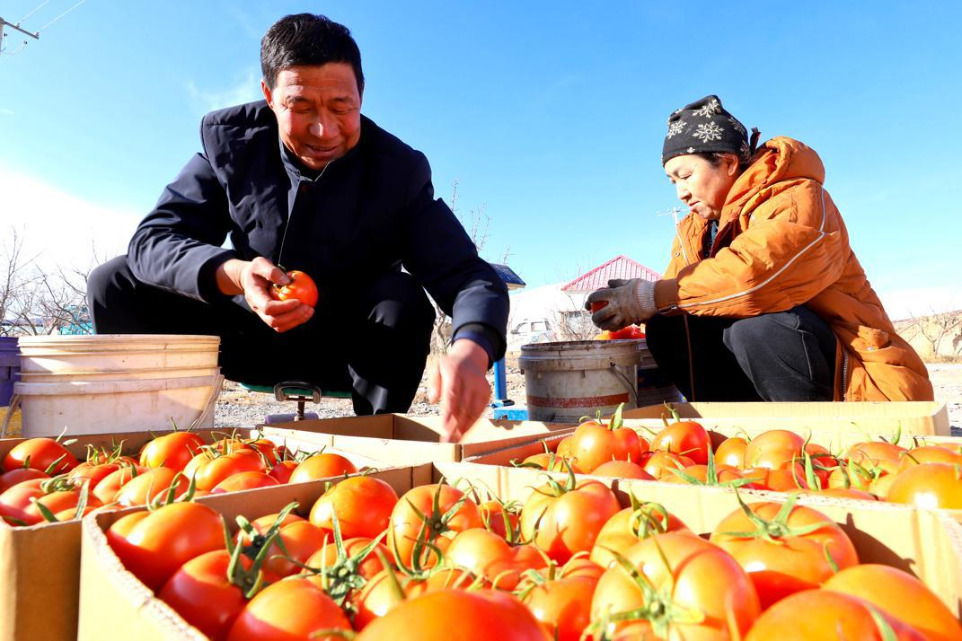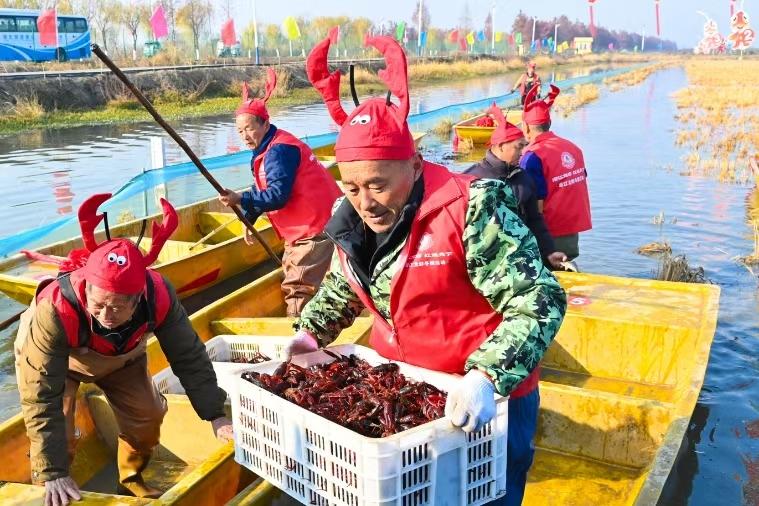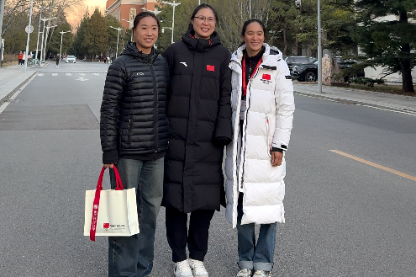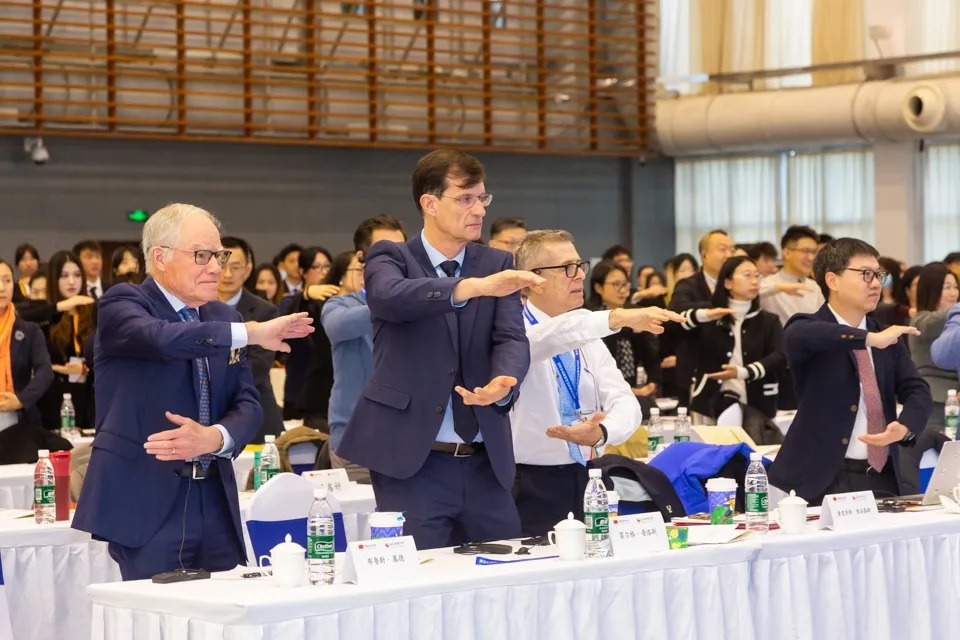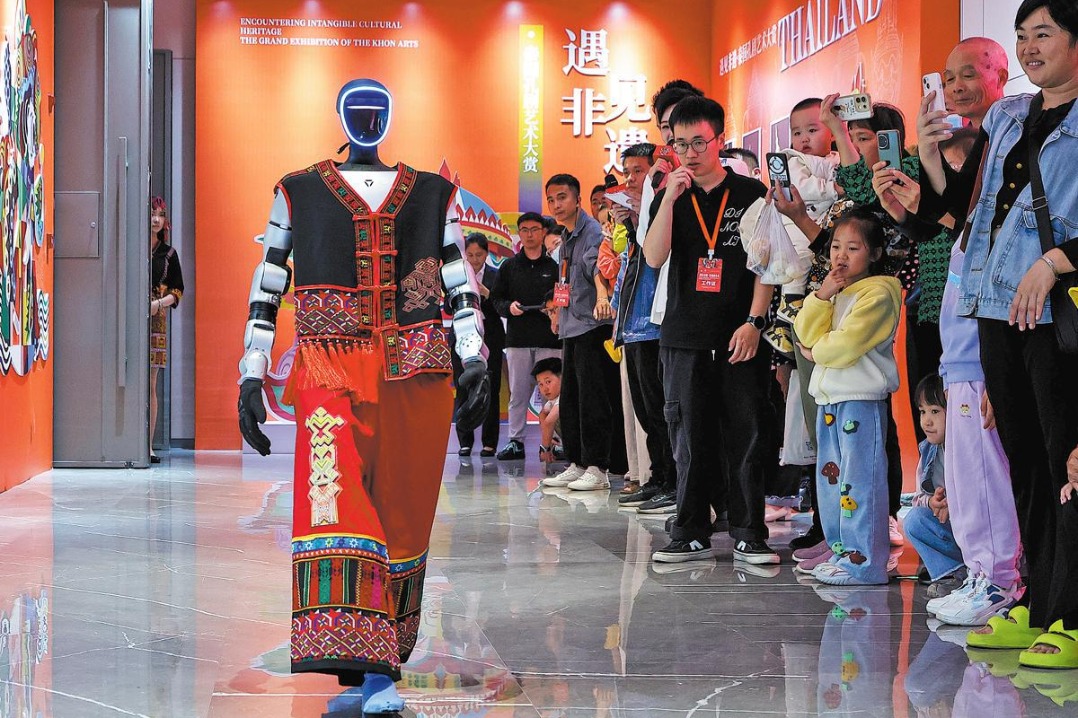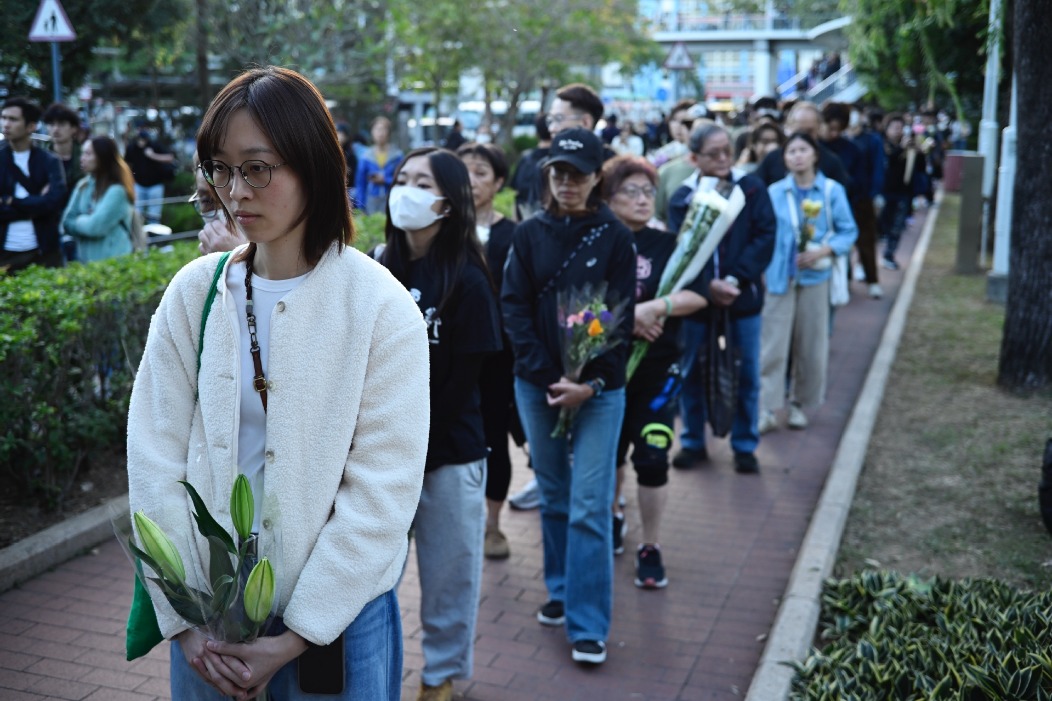Integration of prevention and treatment can improve respiratory illness response

Political advisers suggested beefing up the country's primary medical services by integrating treatment and prevention to better cope with outbreaks of respiratory illnesses, such as those that have swept many parts of the nation this winter.
It is necessary to carry out targeted and multidimensional training for community health centers, focusing on their ability to respond to the arrival of seasonal respiratory diseases, they said.
They made the suggestions in Beijing during the annual gatherings of deputies to the country's top legislature and members of the top political advisory body.
Another focus for such community health centers will be to strengthen the management of diseases with a mindset of integrating medical treatment and prevention, said Zhang Wenhong, a national political adviser who is also head of the infectious disease department at Shanghai Huashan Hospital.
"For elderly patients with chronic respiratory diseases, if their disease management is done in a standard manner at the primary medical institutions, which also do more in early diagnosis and intervention, the pressure of coping with respiratory infection outbreaks in large hospitals can be reduced a lot," he said.
The country experienced a surge in respiratory diseases driven by the circulation of multiple pathogens this winter. Both the elderly and children have been hit hard, stretching the capacities of elderly care and pediatric facilities in some regions.
However, people have strong preferences for big hospitals. According to a report on Shanghai TV, more than 1,500 patients sought emergency treatment at a campus of Shanghai Children's Hospital in Putuo district on Dec 17. On the same day, at Changfeng Community Health Service Center, a primary medical institution in the same district, just one patient showed up.
Zhang said he believed deficiencies in testing capabilities and medicine supplies were one reason for such a contrast in patient numbers. He suggested improving the availability of basic medicines and diagnostic methods at grassroots institutions.
Wang Chen, a member of the Standing Committee of the Chinese People's Political Consultative Conference National Committee, the country's top political advisory body, suggested including health management for chronic obstructive pulmonary disease patients in the country's basic public health services, which would be conducive to building a public health system at the grassroots to combat outbreaks.
"COPD afflicts roughly 100 million people in the country," said Wang, who is also vice-president of the Chinese Academy of Engineering and president of the Chinese Academy of Medical Sciences. "If it's included in the basic public health services, we can do better in early prevention, discovery and intervention. This will help lay a good foundation for preventing and responding to other common or sudden respiratory infectious diseases."
For legislators and political advisers with medical backgrounds, rare diseases were another hot topic at the two sessions.
Chen Wei, a deputy to the National People's Congress, suggested establishing special funds for charitable medical assistance for rare diseases at the national and provincial levels to help patients have expensive therapies.
Social donations, corporate cooperation and the government's lottery public welfare fund could all contribute to funding, suggested Chen, who is also vice-president of Quzhou Hospital of Traditional Chinese Medicine in Zhejiang province.
"Although there exist various forms of charitable medical assistance for rare diseases in some parts of the country, there are problems, including unstable funding and standards, with most of the projects," Chen said.
"Patients with rare diseases often encounter difficulties in education, employment and many other aspects, and there are numerous cases in which the whole family is trapped in poverty due to one person's illness. Such families are in urgent need of assistance."
zhouwenting@chinadaily.com.cn
?
- Avalanche in Xinjiang leaves one dead
- Research ward at children's hospital in Shanghai treats over 200 patients with rare diseases
- Chongqing symposium examines planning cities around sound, smell, touch
- Former Qingdao legislature chief under investigation
- Former Xinjiang prosecutor Guo Lianshan under investigation
- Shandong and SCO discuss trade, investment and supply chain cooperation



















